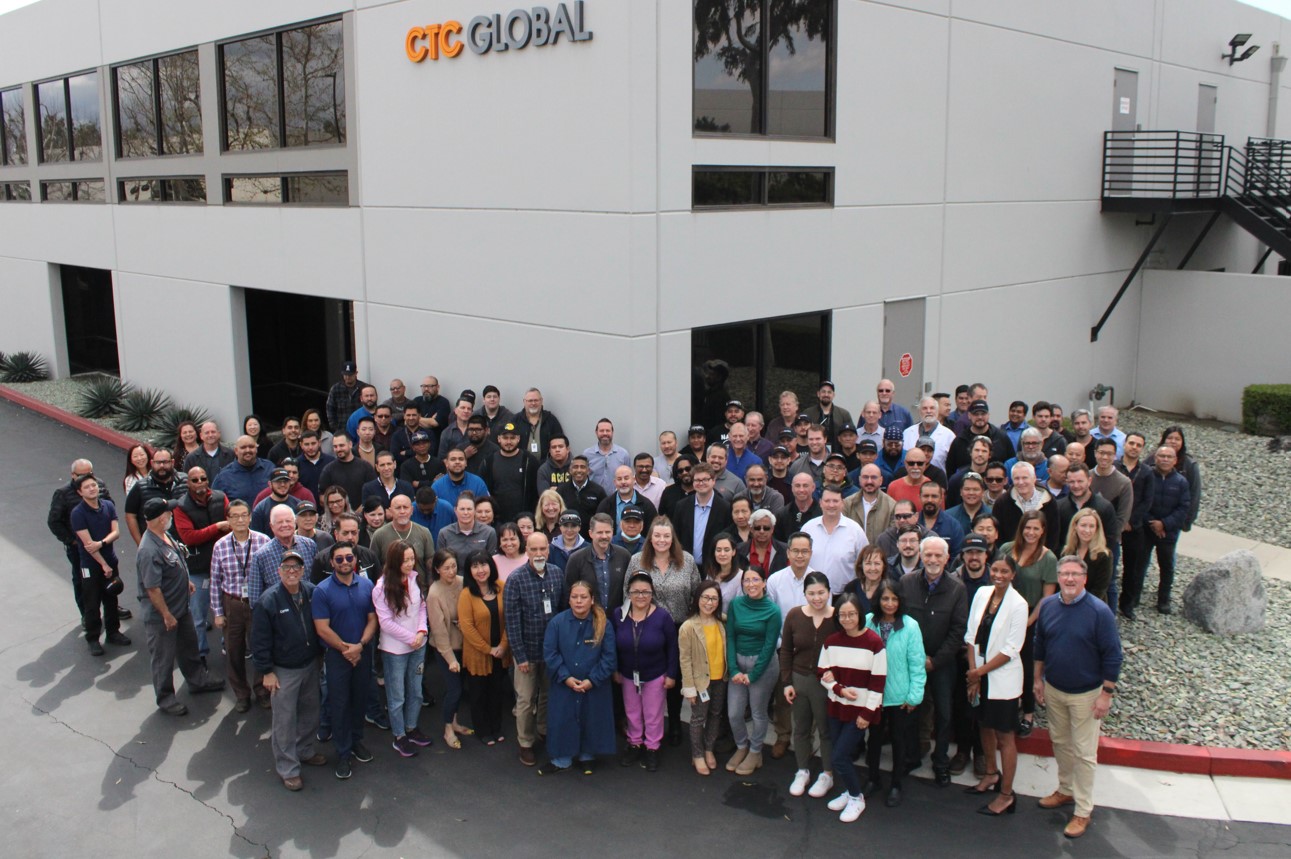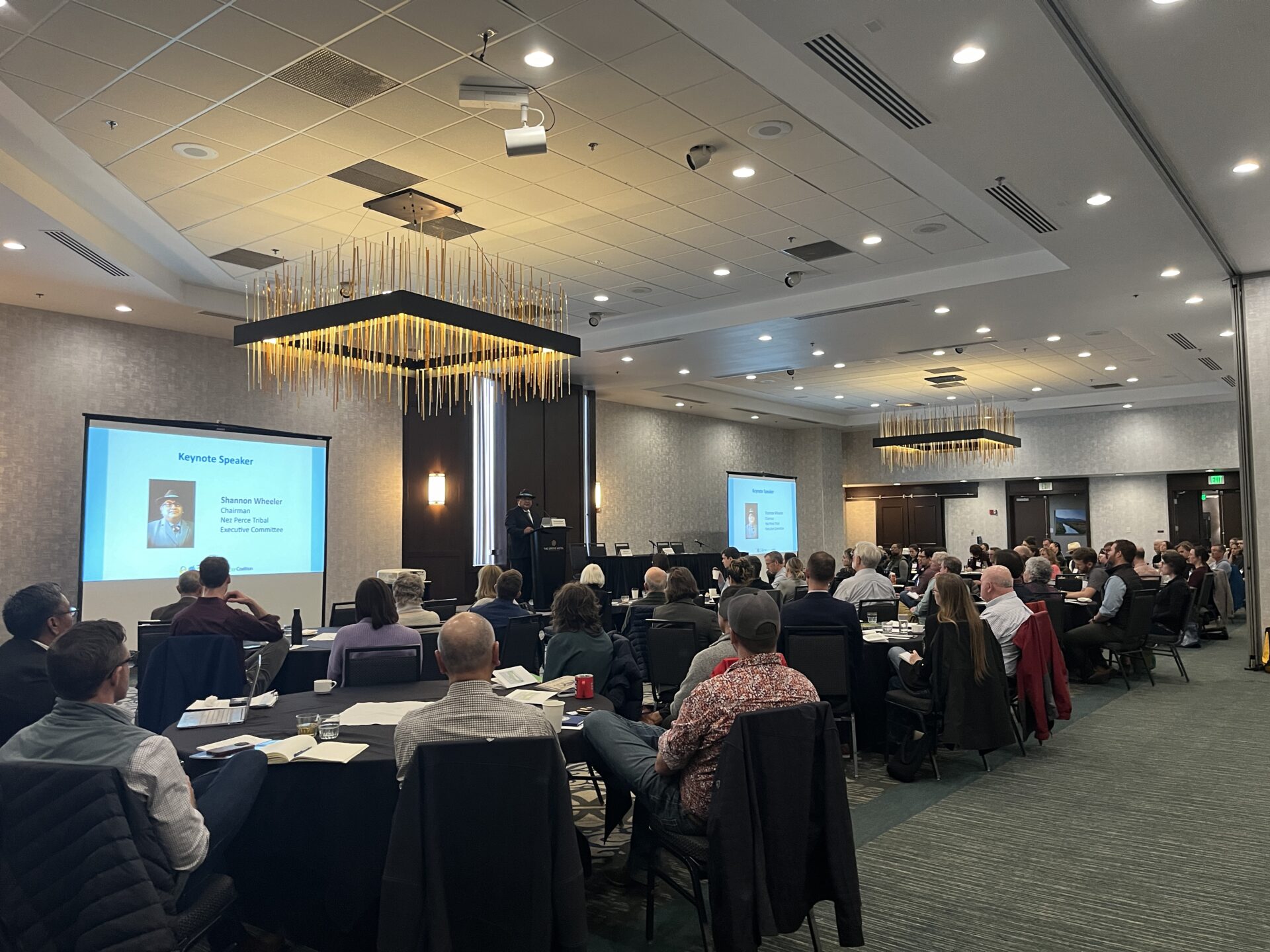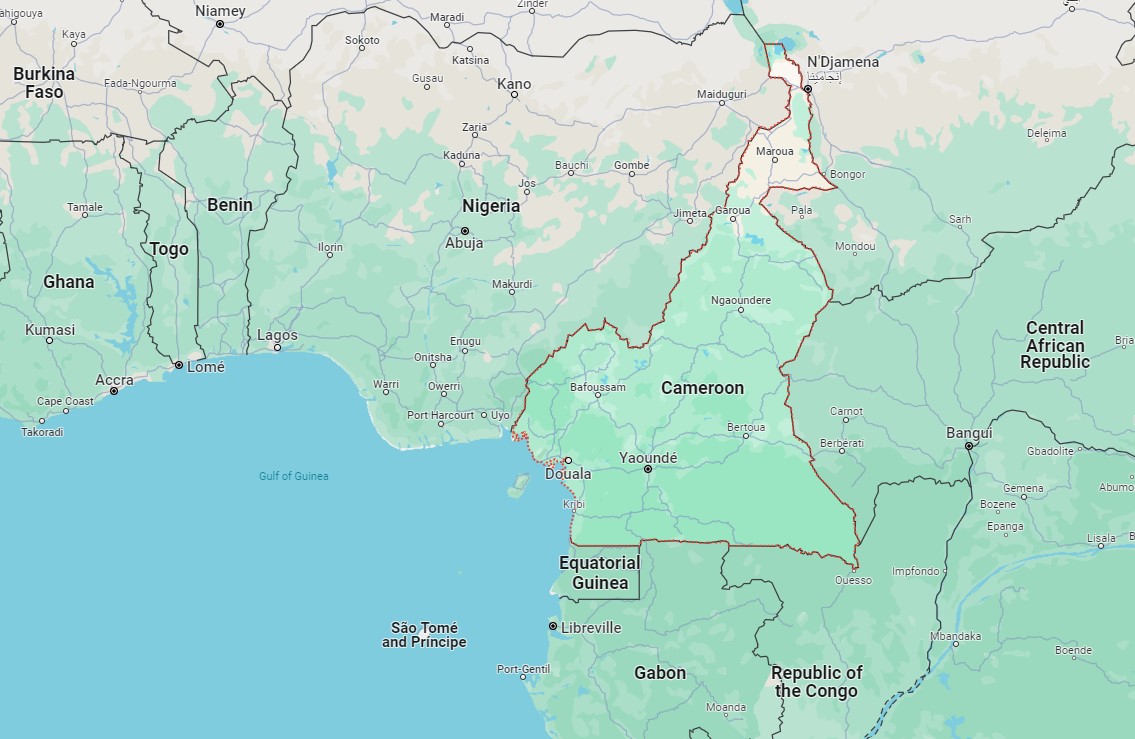Facing a capacity upgrade challenge on an existing 138 kV line in Waukegan, IL, Commonwealth Edison (ComEd), a division of Chicago-based Exelon Corporation (NYSE: EXC), analyzed a number of High-Capacity, Low-Sag “HCLS” conductors for a 2.5 mile segment of the 11-mile project. The incorporation of an HCLS conductor in this particular section – which included a parallel 34.5 kV distribution line – would allow the capacity to be increased without the need to bury the distribution line at a much higher cost. CTC Global’s ACCC-ULS (Aluminum Conductor Composite Core – Ultra Low Sag) conductor was selected over other alternatives because it offered the least amount of sag under high demand and heavy ice conditions. If ComEd had elected to reconductor this line with a conventional conductor, the project would have required significant tower modifications and possibly even tower replacement. These costs would have far exceeded the capital investment in ACCC ULS and would still have required the burial of the 34kV line.
Exelon is one of the nation’s leading competitive energy providers, with approximately 7.8 million customers. ComEd provides service to approximately 3.8 million customers across northern Illinois, or 70 percent of the state’s population. ComEd does not own power plants or produce electricity; it is a delivery company that manages more than 90,000 miles of power lines in an 11,400-square-mile territory. Since 2001, ComEd has invested more than $5 billion in its electrical transmission and distribution system.
The reconductor project between Waukegan and Round Lake Beach, Ill., was performed to increase line capacity, which is often required due to increased electrical demand or when generation sources are commissioned or decommissioned.
ComEd selected the 922 kcmil (467.2 mm2) ACCC-ULS Lubbock size conductor for the project. The ULS version of the ACCC conductor uses higher modulus carbon fiber core to reduce ice load sag. The carbon fiber core used in the ULS ACCC conductor offers a tensile strength of 375 ksi, which is about twice as strong as conductor grade steel core strands and more than 30 percent stronger than high strength HS 285 ksi steel core strands. The coefficient of thermal expansion of the ACCC core is about ten times less than a steel core, which allows the conductor to carry high amounts of current without exhibiting excessive conductor sag. While this was Com Ed’s first ACCC conductor installation, over 325 ACCC installations had previously been completed worldwide.
To assist with their first ACCC installation, ComEd selected M.J. Electric (MJE), headquartered in Iron Mountain, Michigan. A subsidiary of Quanta Services, MJE has provided comprehensive electrical construction services nationwide for more than 55 years.
M. J. Electric, LLC has been a long time valued contracting partner for ComEd’s Transmission, Substation and Distribution systems. “We were excited to get the chance to work directly with CTC Global and ComEd Engineering for the pilot installation of the ACCC-ULS Lubbock conductor,” said John Holtz, MJE Vice President of Operations. The M. J. Electric crews installed the pilot section of ACCC along with the other 8-1/2 miles.
Prior to the project’s start, Dave Ayers, director of contractor development and training for CTC Global, met with ComEd and MJE crew members to review and demonstrate proper installation techniques. Wayne Quesnel, product development manager for AFL, was also on hand to demonstrate proper hardware installation. AFL recently introduced new dead-end and splice designs that offer a less expensive alternative to CTC Global’s collet grip system. Bill Percy, a CTC Global installation supervisor, joined the team when construction started a few days later. After the project was completed, Wayne Quesnel from AFL and Chip White, CTC Global’s manager of Field Services, returned to the site to train ComEd’s maintenance crews.
The ACCC conductor used on the project was stranded by Lamifil and delivered by CTC Global with a three year warrantee. CTC Global, the developer of the ACCC conductor and manufacturer of the ACCC conductor’s composite core, currently works with 19 authorized stranding partners worldwide. MJE utilized .927 Chicago grips and a 72-inch Wagner Smith bull wheel tensioner and Wagner Smith metal reel stands. Due to tight clearances, a compact roller array was employed at the first structure, while 42-inch diameter sheave wheels were used on the tangent structures. A 100-ton press was used for the AFL compression fittings. The old wire was extracted using a V grove puller and the new ACCC conductor was pulled in with a rope and hard line. All of the equipment used (except for the larger 42 in diameter travelers) is standard MJE equipment used on other ACSR projects.
The wire pull included a railroad crossing, a 12kV line crossing and a 34kV line crossing. The entire operation went very smoothly. “The crews liked the fact that the wire and wire reels are much lighter than other comparable size conductors. We were able to handle the cable reels with a 30 ton crane instead of a 40 ton crane,” said Joe Mahoney, MJE General Superintendent. High winds delayed the start of the project by few days, but crews managed through rain and snow, and even with time off for Thanksgiving, the job was completed on schedule.





